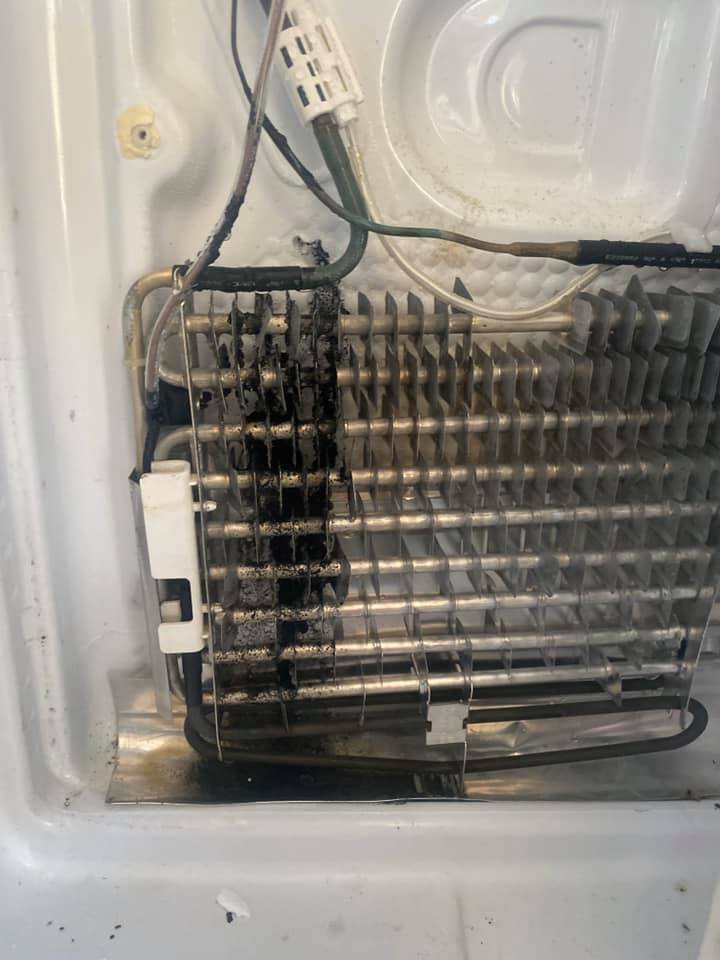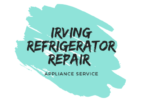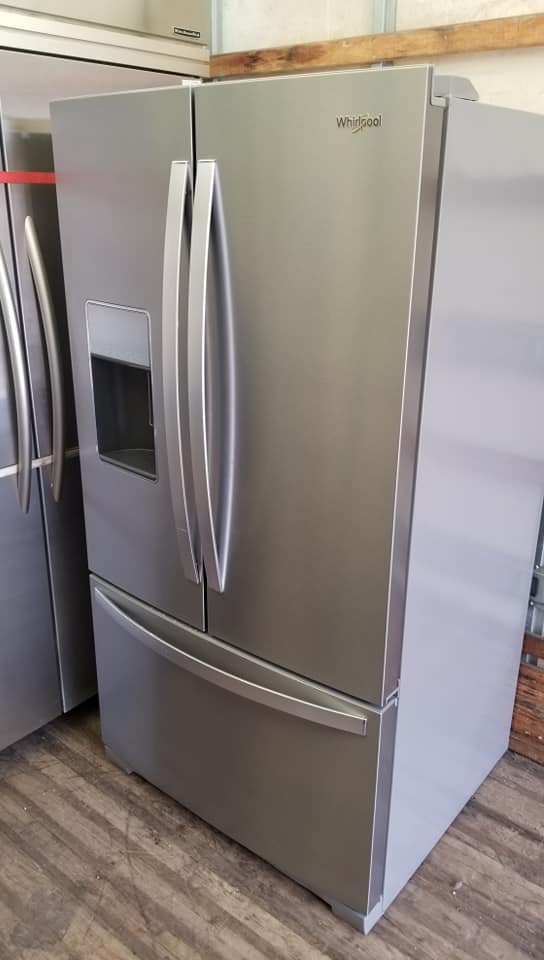Understanding the refrigerator system basics is the key to successfully troubleshooting the problem with the refrigerator. The different brand works differently, there are subtle differences which could cause various problems. A clear understanding of the system and how each brand works helps in the diagnosis process and figuring out an easy solution. Call Irving Refrigerator Repair for your appliance repair needs
Another excerpt from the book called “Cheap and Easy” by “Douglas Emley”.
HEAT FLOW AND AIRFLOW
In thinking about the way your refrigerator keeps things cool. There are a few seat-of-the-pants thermodynamic laws that you need to consider:
1) Don’t think of your refrigerator as MAKING THINGS COLD. Think of it as REMOVING HEAT from whatever you put in it.
2) Remember that heat always flows from something of a higher temperature to something of a lower temperature. The greater the temperature difference, the faster the heat flow.
3) Heat will continue to flow from the warmer object to the colder object until their temperatures are equal.
Thus, when you put warm food into a cold refrigerator, heat starts flowing from the warm food into the cold air around it. The food starts to get cooler. (The temperature goes down.)
Since the air inside the fridge has now absorbed some heat and is warmer than it should be, we need to carry it away from the food, replace it with new cold air and remove the excess heat from it. This is why airflow is so important inside the fridge.
A fan is provided inside the fridge to continually circulate internal air. It draws in warm air from all sections of your refrigerator and blows it across the EVAPORATOR, or “EVAPORATOR FAN.

As the air flows across the outside of the evaporator, it gives up its excess heat to Freon circulation inside the evaporator. The Freon in the evaporator runs at a very cold temperature, somewhere between about 2 and 40 degrees below zero, so that the heat will flow out of the air and into the Freon very quickly.
DEFROST SYSTEM
However, when you opened that door to put the food into the fridge, you also let in a big charge of warm, relatively moist (humid) air. The evaporator is SO cold that the humidity from the air will freeze directly onto it, creating FROST. If enough frost builds up on the evaporator, air will not be able to flow across it.
To prevent too much frost from collecting on the evaporator coils, a self-defrosting refrigerator will actually stop itself for a few minutes every six to twelve hours and melt its own frost. This defrost cycle is controlled by an electric DEFROST TIMER. The timer stops the compressor (cooling system) and starts an electric DEFROST HEATER located directly beneath the evaporator coils. The heat rises and melts the frost.
The frost water is drained away, usually to the little pan that you see beneath you refrigerator in most models. Eventually it will evaporate away. If all the frost melts before the defrost timer finishes the defrost cycle, a TERMINATING THERMOSTAT will keep the defrost heater from overheating the evaporator compartment. It is wired in series with the heater. When the compartment reaches a certain temperature, the terminating thermostat will open and shut off the defrost heater.
TEMPERATURE CONTROL
As the food in the fridge gets colder, it gives off less heat, and the air inside the fridge will remain colder. A thermostat called a COLD CONTROL will cycle the cooling system on and off to keep the temperature inside your fridge within a certain range. You can adjust that range using one of the dials within your fridge.
On most fridges, all the cold air for both the food compartment and the freezer compartment is produced in one evaporator. Since the freezer is so much colder than the food compartment, most of the cold air that is produced circulates to the freezer compartment. Only a small amount is needed in the food compartment to keep it down to the proper temperature. This amount is adjusted by a small AIR DOOR food compartment. The control for this air door is the other of the two dials within your fridge.
WHERE DOES THE HEAT GO?
In order to re-use the Freon for cooling more air, the heat that WAS is your food and is NOW in your Freon must somehow be gotten rid of. The Freon gas goes to the COMPRESSOR where it is compressed into a hot gas (remember, when you compress a gas, it gets warmer.) The Freon then flows through the CONDENSER, which is the warm grille you’ll find either behind or underneath your refrigerator. It resembles the radiator in your car and acts in much the same manner. The heat from your food, plus whatever heat was added during compression, will flow from the hot Freon in your condenser to the cooler air in your kitchen.
In some models a CONDENSER FAN is fitted to circulate air across the condenser. Air circulation is very important to heat flow. On some models, the warmth from the condenser is used to evaporate the defrost water. That’s also the source of the warm air you might feel blowing out from beneath your fridge while it is running.
After the Freon loses the excess heat in the condenser, it is de-compressed, or expanded, by simply putting it through a constriction that lets the pressure drop. This readies the Freon to go through the evaporator again, and the cycle begins all over.
Continue reading about “Washer Troubleshooting“

